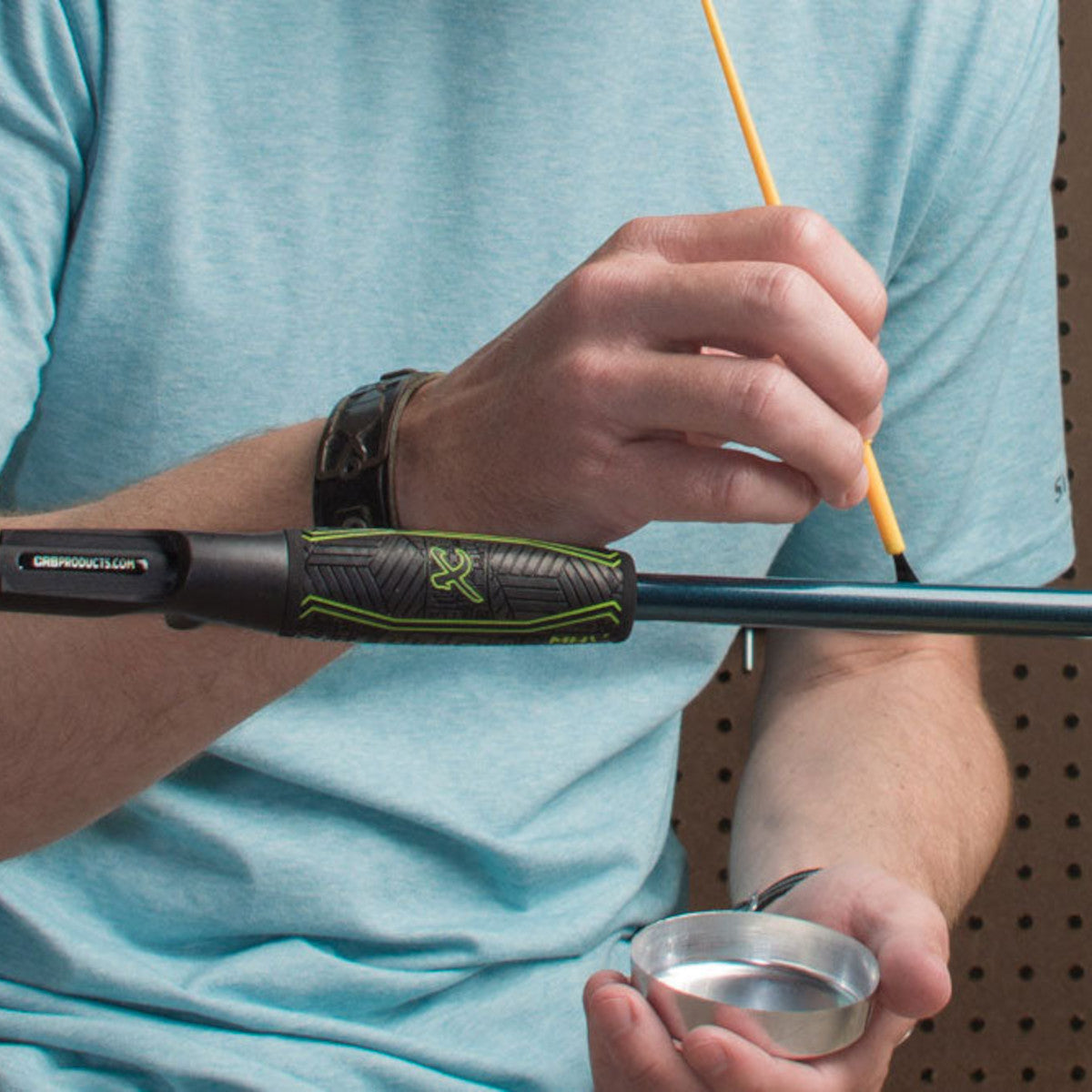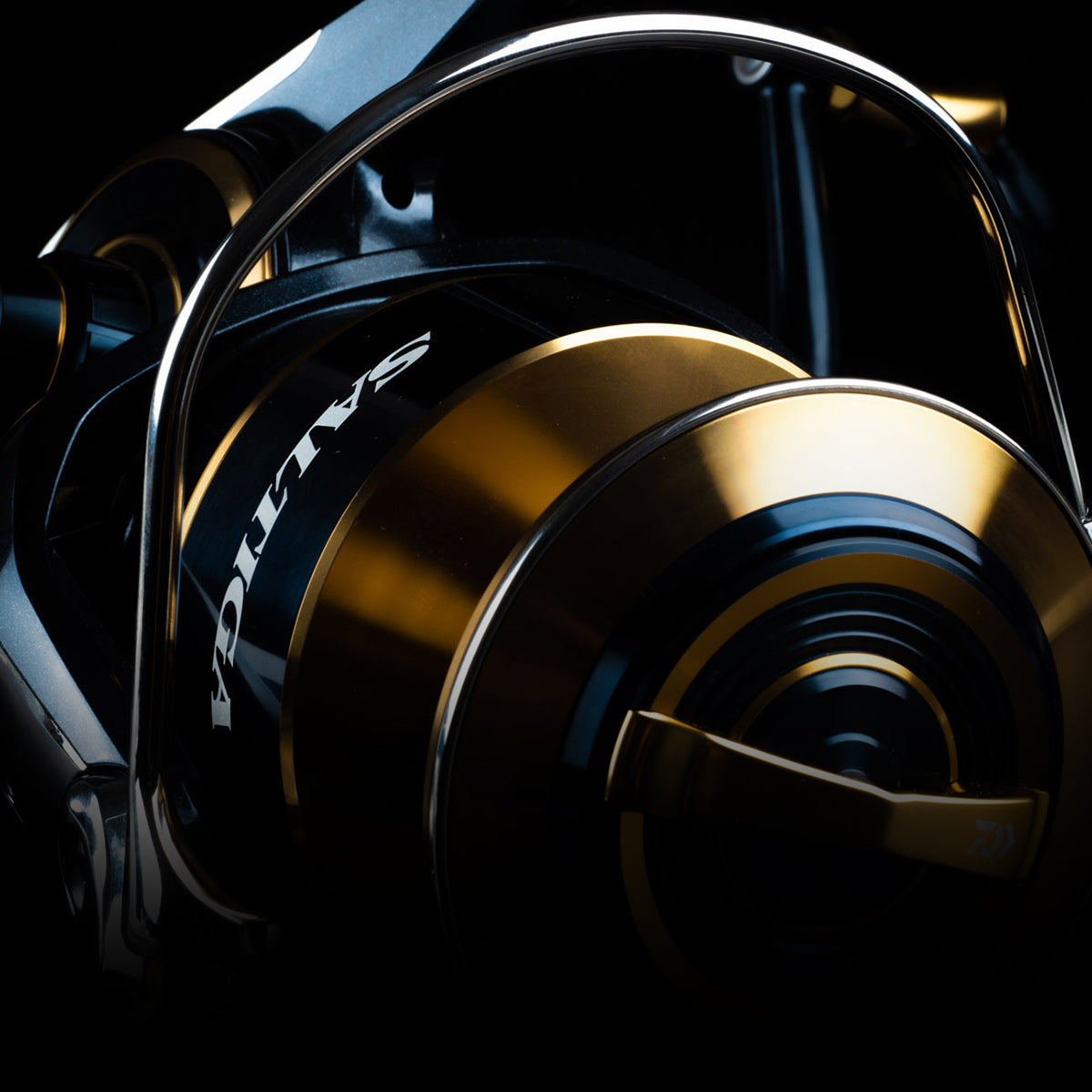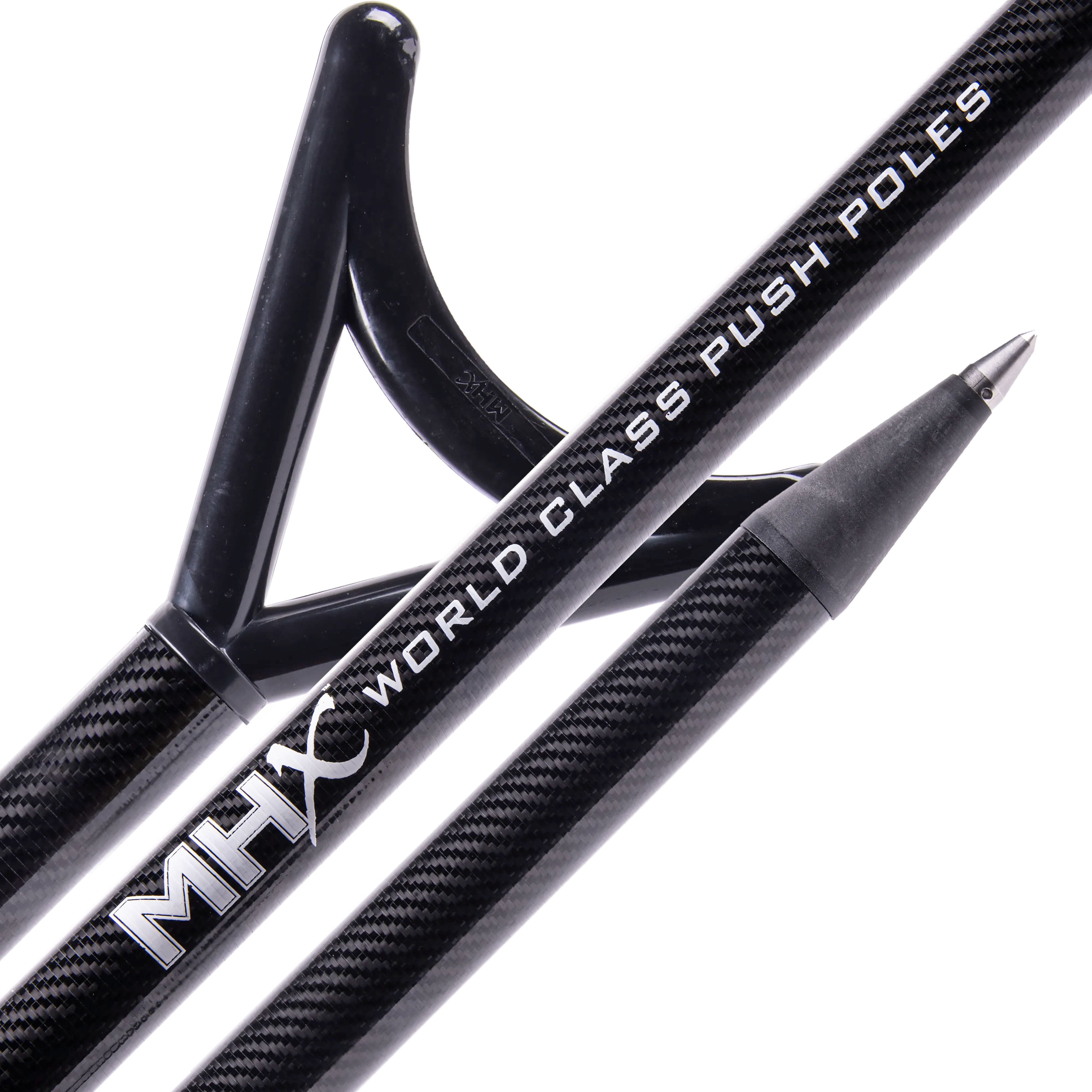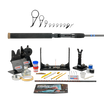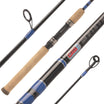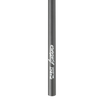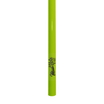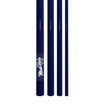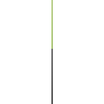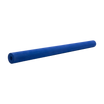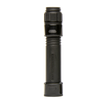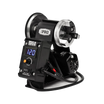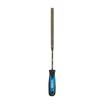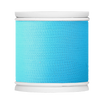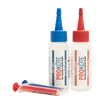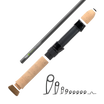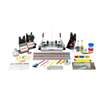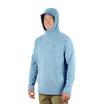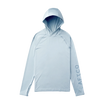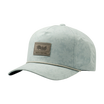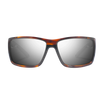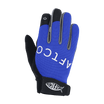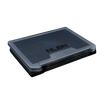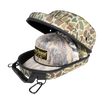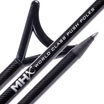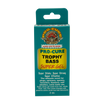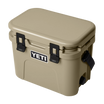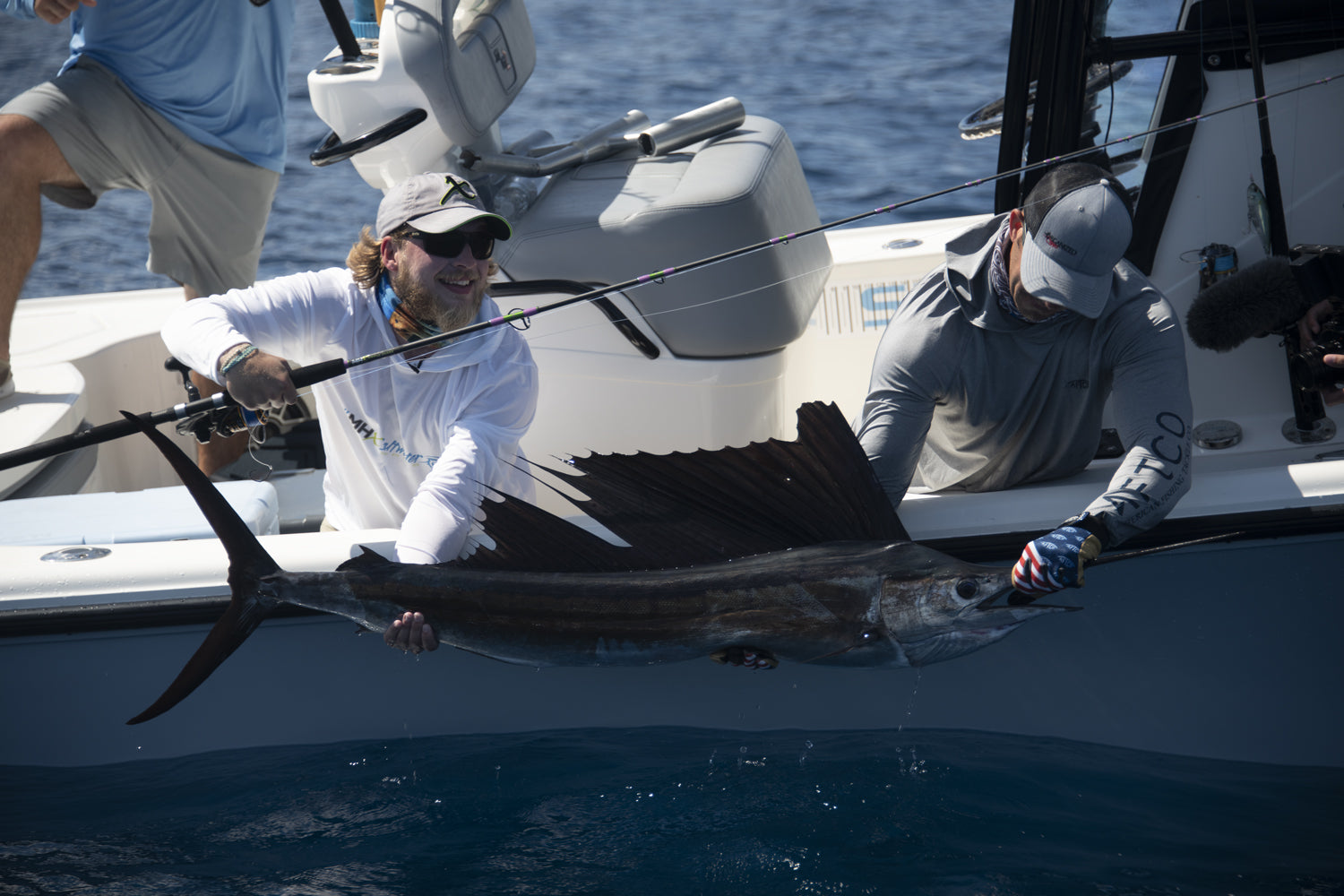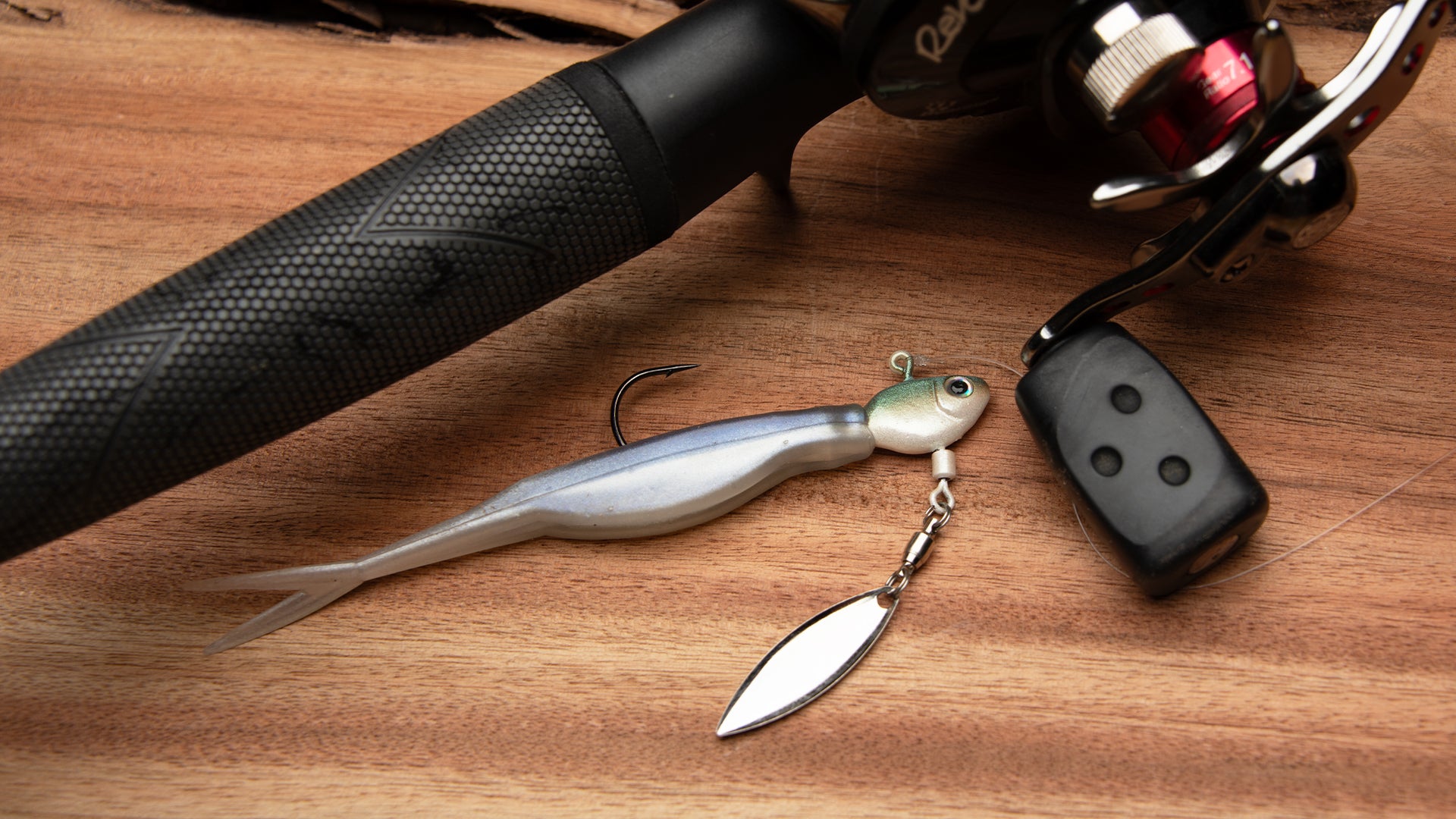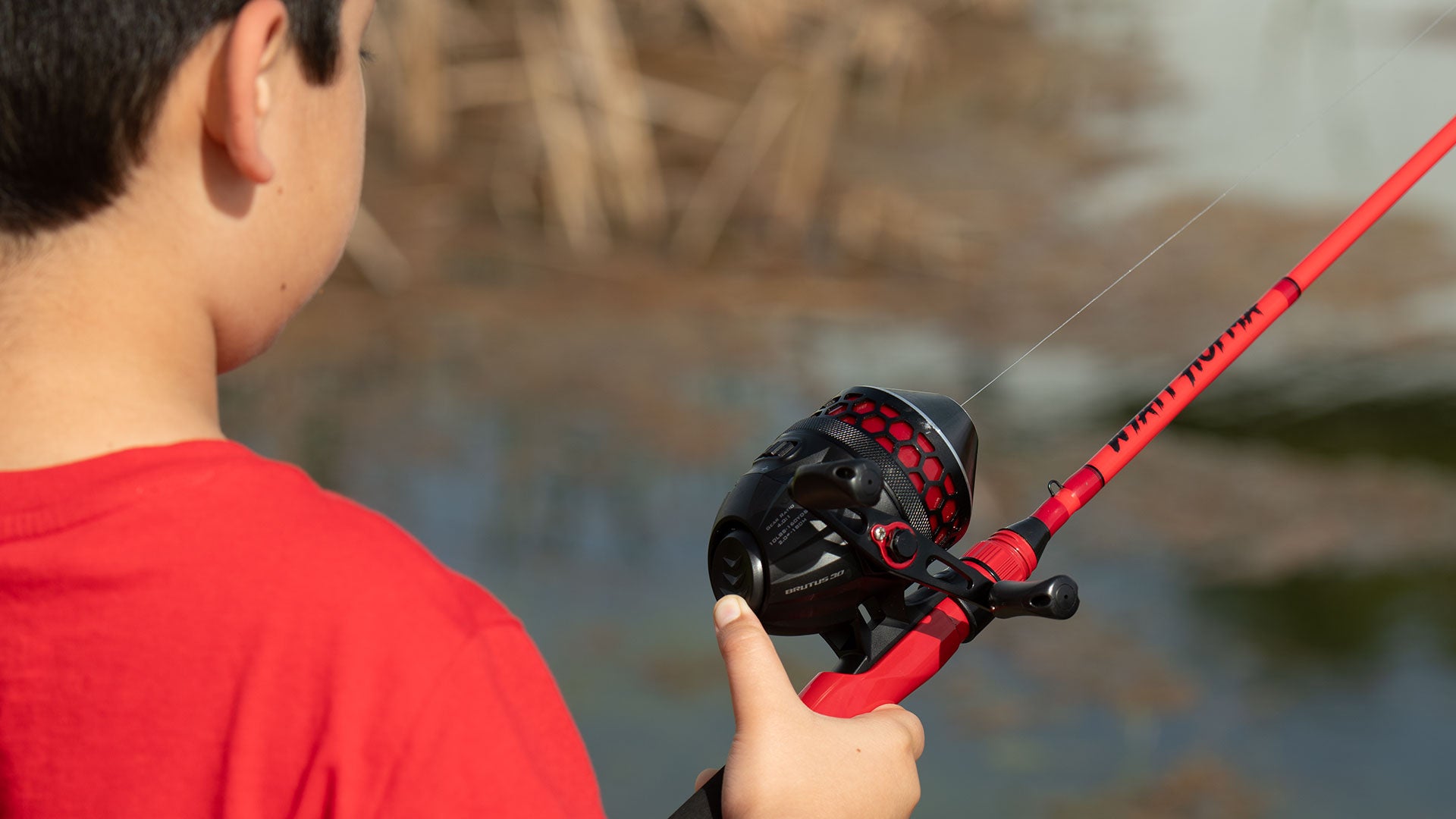Before venturing offshore, there are moments that inevitably captivate the imagination.
For many anglers, the thrill of fishing in deep waters is exhilarating, yet it presents the ultimate test of teamwork and equipment reliability. With so much thought going into building your big game fishing arsenal, spinning rods often get overlooked. The offshore pitch rod is often the last chance before a fish leaves your spread completely.
Once amidst the blue expanse with teasers deployed, the tranquility can swiftly transform into a flurry of activity, marked by a racing sportfish into the spread. As the fish makes its way from bait to bait or even hot on the teaser, calls from the captain are directing the crew and split-second decisions can turn this activity into the bite you have been waiting for!

Such moments are rare and precious, where you find yourself face to face with that fish, right on the transom. “Grab the pitch rod! Get a bait out!”, barks the captain. In an instant you are connected, now its relentless struggle evident as it races towards the horizon, dragging line and performing acrobatic displays.
Success in these critical moments might require a bit of luck but remember, “Luck is what happens when preparation meets opportunity” and as a dedicated rod builder, you're unmatched in preparation. Your familiarity and unwavering confidence in every aspect of your custom rod fishing rods set you apart.
Ok lets build this pitch rod.
Blank Choice
For many pitch rods, you will find they are going to be built as a spinning rod. Reason being, it is a quick and easy cast with a live bait, dead bait, or a lure. There is very little to go wrong and almost no chance of a backlash. If you want to never get invited back, backlash a pitch rod on a sportfisherman.
One of the top offshore spinning rod builds is on the SW70M by MHX. This blank comes out of the nearshore series and is built tough. It features a 6k weave for added strength and durability but also a high pressure rolled toray graphite and MHX’s Nano Resin System. These nearshore blanks come in length from 6’0” to 8’0” but we like the medium power 7 footer for a do-all pitch rod.
Specifications: 7'0" | 15-40 lb. | Mod-Fast Action | Medium Power
Most of the rod blanks on an offshore boat are going to be some version of moderate-fast. This action allows for a smooth transition of power as well as line protection for aggressive pelagics that like to take to the air!
Yes, this blank is a medium power and a 15-40 pound class. Remember each blank type has its own set of power ratings. Just as a blank from the Spin-Jig series is 8-15lb as a medium, this blank is designed for saltwater and in the Nearshore series has a different line rating for a medium power.
You will often not see a lure rating for saltwater blanks. This is typical as they are line class rated and not rated based on the lure they can throw. Most often they are used to troll but in this case we are using it as a pitch rod that might throw a bucktail jig. I would not worry too much about the lure rating for your pitch rod as we do not assume you will be pitching something more than just 3/4 to 1-1/2 ounces. One of the most popular lures for a pitch rod is a simple white bucktail.

Handle Setup
I want to give you a few things to think about that will help narrow down your options and get your creative wheels turning. You are also welcome to just copy my suggestions, but I am partial! Keep in mind, we need this to be a comfortable and nimble setup as possible because it needs to come out of the rod holder quickly, make an accurate cast but also withstand a fight with a big dolphin or hot sailfish.
Starting at the fighting butt, I prefer a rubber gimbal like the CRBPG-19 as it bridges the gap between a regular round fighting butt and a metal gimbal. The standard doorknob style is durable and comfortable to fight a fish but it will not lock into the rod holders and can create tangles or bang against the boats pipework. The metal gimbal, where as great in a rod holder can be a pain, literally, in your side, while fighting a fish without a belt. So, the CRB rubber gimbal it is.
For our grips, I prefer the slim EVA “vertical jigging grips” over most of the other saltwater EVA versions. Reason behind the quotations on the vertical jigging is these grips have the typical lengths of saltwater grips but the outside diameter of freshwater grips, making them ideal for vertical or slow pitch jigging.
I build them on my pitch rods because the blank diameters are slimmer than your trolling rods and the slim grips are easy to hold and come in and out of rod holders quickly. In addition, they offer more ease of mobility and passing the pitch rod over or under your lines or rods already in the spread. Once that fish comes in and you pitch and hook up, there is no telling where it is headed on its way out. So, being able to maneuver around the other lines still out is very important.
When it comes to a reel seat, I still like a fuji graphite seat even in the saltwater. They are comfortable, do not get hot, cold, slippery…etc and just flat-out work. I am mounting that seat in an uplocking orientation to keep hands away from any of the reel seat threads. For this build I am using a size 20.
Guide Selection
When it comes to salwater guides for offshore rods you typically see two types. Roller Guides and Turbo Guides. Or a combination of both. I love them but they just are not going to work on a spinning rod. So, we need to be sure we are picking something durable but lightweight, can handle the abuse on the boat and from hard running fish.
I am going to go with the CRB LZR medium duty, double footed guides. They are stainless steel reverse pressed frames and have an ultra-thin zirconium ring for excellent heat dissipation under load. The medium duty can easily withstand your big dolphin and sailfish battles and you can adjust your guide train down to size 8’s since you are most likely going to be running braided line to a fluorocarbon leader. The 8s can still pass knot but help removed some weight off your rod build with the smaller diameter. We are typically using a Size 8000 spinning reel with over 400yds of 30lb braid on the pitch rod.
For your guide setup we always recommend having the reel you will be using and perform a static deflection to get your proper spacing. CRB does have guide spacing that will get you very close to where you need to be but if you are particular, like me, be sure to deflect the blank to finalize your guides before wrapping.
So there you have it, your ideal pitch rod for those times when your trolling baits get the cold shoulder. Keep in mind, this rod recipe also works well for other general offshore fishing. We use this setup when live baiting in South Florida and all the way to Boston for stripers.

